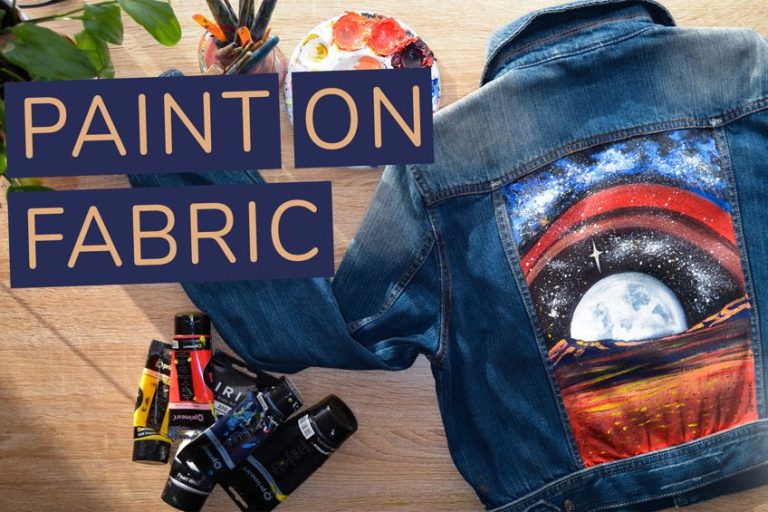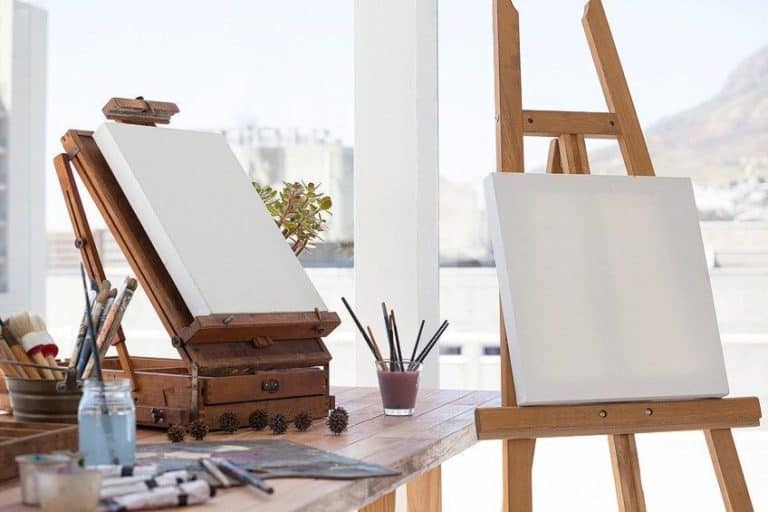Scumbling – Exploring Dry Brush Painting Techniques
There are many painting techniques artists use to create their artwork. This includes everything from underpainting to glazing and dry brush painting techniques. One of these techniques we are going to be looking at is known as scumbling. We will be taking a brief look at when and how to use the scumbling technique.
What Is Scumbling in Art?
You can say that scumbling falls under dry brush painting techniques. Scumbling involves applying a thin layer of paint using a dry brush. This layer is usually applied over another previous layer painted on the canvas surface. The objective is to let the first layer of paint show through the scumbled paint.
The scumbled paint is mostly used over dry paint, but it can also be done over paint that is still wet. If done this way, you should work carefully so as not to blend the paint. What the scumbling technique achieves is color variation in the painted area and it also provides a sense of depth. The technique was first developed with oil painting in mind; however, it can also be used with other mediums like acrylic paints, watercolors, and even colored pencils.
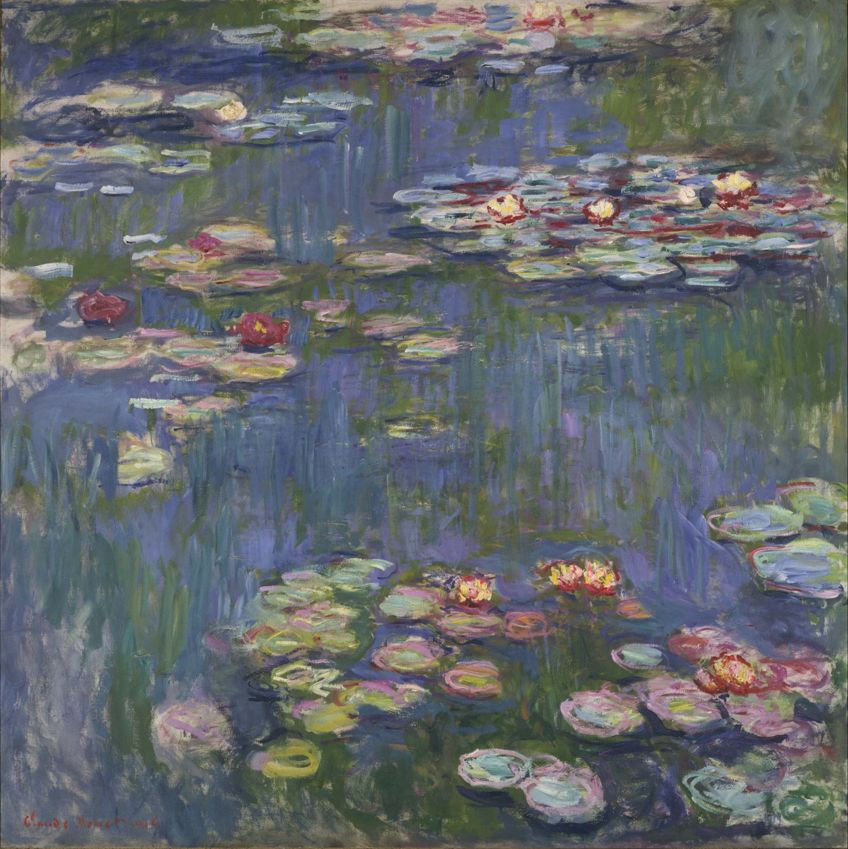
The best brush to use for scumbling is a hog’s hair brush, as it is coarse and offers nice textured strokes. The brush is sparingly loaded with a tinted paint color, which is known as scumble. The color is generally lighter but close to the original color on the canvas. The colors used can be transparent or opaque, but the best effects are created with an opaque color, a lighter color over the darker one. The technique is similar to sponge painting on a wall, just on a smaller scale.
If needed, you can also add a little titanium white to lighten and produce a more opaque color. Once you are done with the scumbling technique and you step away from the painting, the colors will blend and create a textured effect and an optical illusion. Taking a closer look will reveal the brushwork and textured layer. Scumbling is best for things like smoke or fog and is not a good idea for more detailed areas. The darker layer underneath the lighter layer produces a softened and lighter look and adds more depth.
The technique was often employed in Renaissance art pieces and helped create flowers, trees, distant landscapes, and cloudy skies. Following are two examples of famous artists and their paintings using the scumbling technique.
- Claude Monet: He applied the scumbling technique to many of his artworks, using multiple colors and layers. For example, Grain stacks at Giverny, The Evening Sun (1888-1889) or Water Lilies (1916).
- J.M.W. Turner: You can see the scumbling technique in his paintings Snow Storm (1842) and The Morning After the Deluge (1843).
Uses for Scumbling
When it comes to this technique, you may be wondering what the uses for scumbling are. Even though there are different mediums you can use, the general process will remain the same. Below you can find some of the uses for scumbling.
- Scumbling is mostly used to add depth and texture while displaying the underpainting.
- The scumbling technique can help to break up a monotonous background.
- Scumbling is the perfect technique for producing an atmospheric scene.
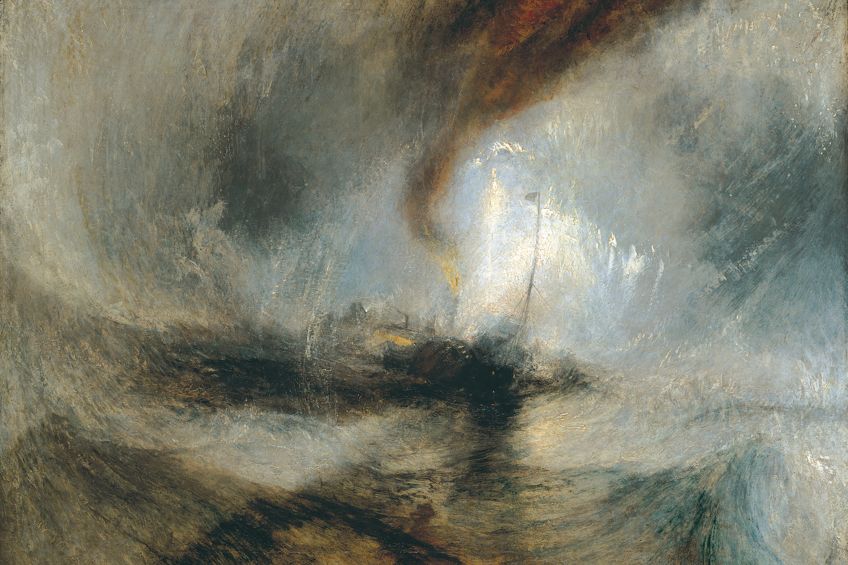
- When applying the scumbling technique, it can be used to add highlights to a darker background.
- The technique provides a smoother transition from one area to another.
- You can make adjustments to color shapes in a painting using the technique.
How to Use the Scumbling Technique
You can apply the technique using a brush, but you can also use a crumpled cloth to achieve the effect. The main thing to take note of is to use only a very small amount of paint. Rather use too little than too much paint, as this can cause problems.
You can dip the brush into a tiny amount of paint, and if necessary, you can take off most of the paint before using it. Apply a thin layer lightly to the canvas. The paint should be quite thick so as not to spread too easily when applying it.
So, keep the brush dry and ensure it does not pick up too much moisture from the paint.
Make sure the paint does not blend with the existing layer and do not add too much paint so that the layer below is completely covered. You can use different strokes, and make sure to follow the build and structure of the painting, which means you should follow the contours you laid down. Use strokes back and forth, and you can also use a circular motion for effects.
The technique is about trying to get the last bits of paint from the brush onto the canvas surface, only leaving behind light fragments of color. You are only working to affect the very top surface and are not attempting to fill an entire space with paint.
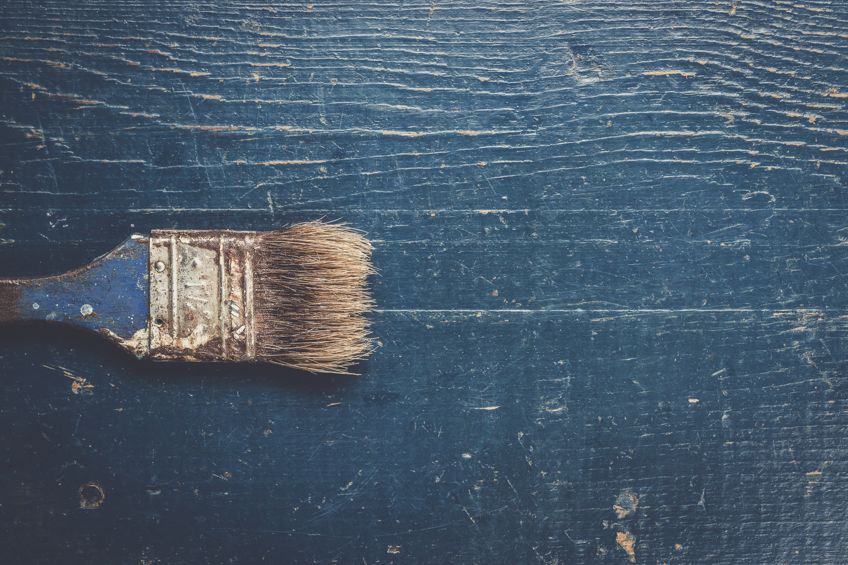
When using a brush for scumbling, it might be a good idea to use an older brush, and not your favorite or best brush. This is because the brush and the hairs could be flattened too much when using this technique. Purchase a cheap brush or use an old stiff-hair brush for this purpose.
Basic Tips for Scumbling
To apply the scumbling technique more effectively, there are a few tips you can use. The most effective way to use scumbled paint is to apply lighter colors over darker colors. This should create highlights and adds more contrast.
Do not use any additional mediums when scumbling, rather use the paint directly from the tube. The technique is also more effective when using opaque colors instead of transparent options. You can also make paint that is drier by adding chalk and soaking up excess oil or water.
It is best to always scumble over dry paint, and make sure the color contrasts. As mentioned, if you paint over wet paint, this can cause the paints to blend and cover the area, effectively destroying the effect you want to create.
Many artists recommend that you use a broad bristle brush. The technique should be used in areas that you want to soften, or if you want to create a more atmospheric look. So, you should not use the technique in areas you want more detailed work done. You can also apply different paint techniques together. For example, you can use the scumbling technique along with glazing.

Glazing is where you apply a thin layer of paint that has been mixed with medium over other layers or layers. The glaze is like a wash or translucent layer of paint that allows the paint layers underneath to come through. Scumbled paint is usually opaque and does not have any medium and allows parts of the underlying layers to come through.
Scumbling is only one of many painting techniques you can use, and as with all things, you might have to practice and experiment to achieve the best results. Remember to take your time and have fun while you go through the learning process.
Frequently Asked Questions
What Is Scumbling in Art?
This is a dry brush painting technique that can be used with oil paints, acrylic paints, and even watercolors. The effect produces some variation of color and adds depth and texture. Scumbled paint is usually a lighter, opaque color that is applied over darker colors.
What Can You Use to Apply the Scumbling Technique?
The most common tool you can use for scumbling is a dry brush. Preferably, the brush is broad and has stiff bristles, but any shape brush should also work. However, you can also try the scumbling technique using a crumpled-up dry cloth.
How Do You Apply the Scumbling Technique?
You can use a broad, dry bristle brush to apply the opaque color paint over another layer of paint on the canvas. The layer of paint on the canvas should be dry to avoid blending the colors. Do not load the brush with paint, the point is to only get the last bits of paint onto the canvas. So, the brush should not have too much paint or moisture when applied.
In 2005, Charlene completed her Wellness Diplomas in Therapeutic Aromatherapy and Reflexology from the International School of Reflexology and Meridian Therapy. She worked for a company offering corporate wellness programs for a couple of years, before opening up her own therapy practice. It was in 2015 that a friend, who was a digital marketer, asked her to join her company as a content creator, and this is where she found her excitement for writing.
Since joining the content writing world, she has gained a lot of experience over the years writing on a diverse selection of topics, from beauty, health, wellness, travel, and more. Due to various circumstances, she had to close her therapy practice and is now a full-time freelance writer. Being a creative person, she could not pass up the opportunity to contribute to the Art in Context team, where is was in her element, writing about a variety of art and craft topics. Contributing articles for over three years now, her knowledge in this area has grown, and she has gotten to explore her creativity and improve her research and writing skills.
Charlene Lewis has been working for artincontext.org since the relaunch in 2020. She is an experienced writer and mainly focuses on the topics of color theory, painting and drawing.
Learn more about Charlene Lewis and the Art in Context Team.






